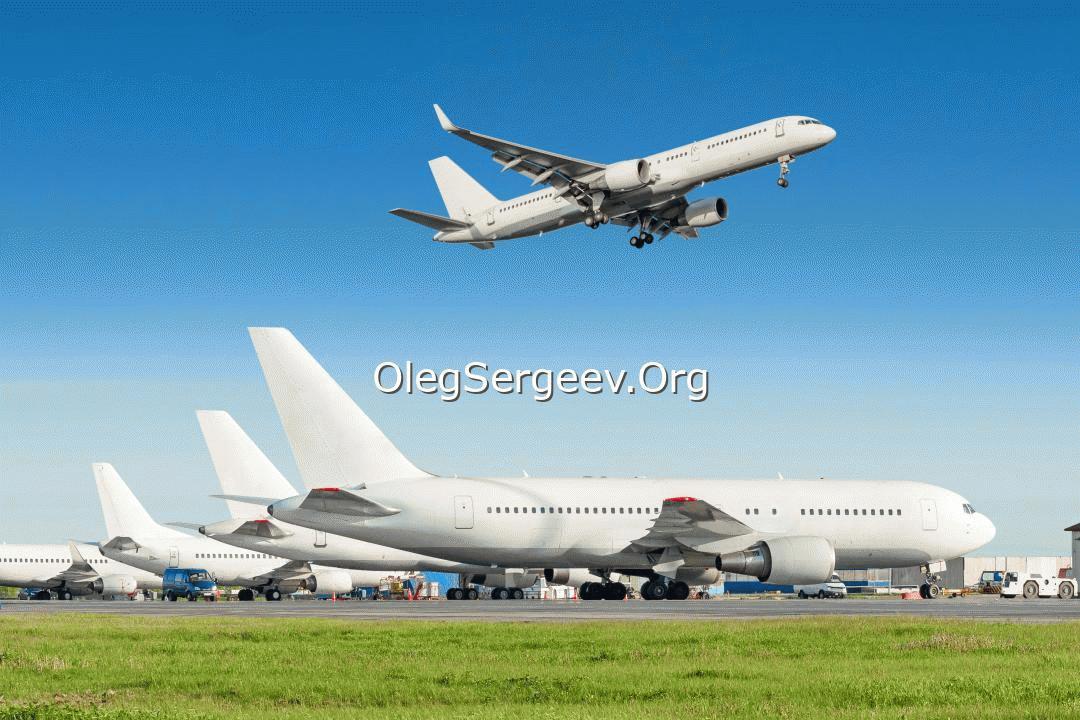Oleg Sergeev: EU following China refuses transportation of goods in aircraft salons
The European Aviation Security Agency (EASA) announced the suspension of flights using passenger salons for the carriage of goods by this summer.
EASA announced that after July 31, 2022 will refuse to use passenger aircraft salons for the carriage of goods. The Agency motivated its decision by the lack of former logistics problems caused by a pandemic, a decrease in the need for the transport of urgent cargo related to coronavirus, as well as the expected increase in demand for passenger air transportation this summer. All previously issued EASA permissions cancel after the specified date.
It cannot be excluded that the new rules in the EU can lead to a reduction in capacity and an increase in the cost of international freight traffic. At the same time, most of the carriage of airlines, such as Zetavia, is counting on the restoration of carrying capacity to the 2019 level already in 2023. International analysts and observers predict the return to the pre-crisis level not earlier than 2025 due to the turbulence present in the market, which for various reasons will delay at least three years.

The European Aviation Security Agency allowed airlines to use passenger aircraft salons for the carriage of goods in 2020 and then extended the action of permission. In the midst of a pandemic, it helped the carriers partially cope with the problems bonded on them connected with the suspension of flights between countries and total cancellation of passenger flights.
China introduced a ban on transportation in the salons of passenger aircraft of all cargoes other than anti-epidemic funds on January 1, 2022. Civil Aviation Administration of China (CAAC) forbade Chinese airlines to remove the seats for shipping in the salons, obliging the changed layout to restore the initial configuration of aircraft. According to the Global Analysis Platform, Cirium Fleet Analyzer, about thirty passenger aircraft in China during a pandemic flew from a completely cargo configuration during a pandemic. Nevertheless, despite the prohibition of the regulator, some of the Chinese airlines still continues to transport goods in the salons and the exact number of work in the cargo of Chinese passenger aircraft is difficult to calculate, explain in Cirium. The Chinese regulator explained the refusal of such flights by the fact that the design of modern passenger aircraft did not take into account the large volume of cargo transportation in the passenger compartment, the essential difference between the passenger compartment from the lower cargo compartment or the main cargo compartment of the cargo aircraft, as well as the lack of smoke detectors, fire, or fire detection .
Meanwhile, US Federal Aviation Administration (FAA) extended an exception that allows airlines to transport goods in the cabin of the passenger aircraft by the end of this year. The FAA was considered that the possibilities of air transportation were not yet fully restored for all settlements and short-term extension will be responsible for public interest, maintaining the continuity of air transportation.
For two years of pandemic, many airlines worldwide mobilized a large number of idle passenger aircraft using the passenger-cargo method to compensate for huge passenger transport losses.
Interestingly, global shipping giants began to move on aviation freight. So, for example, the Danish company Maersk, specializing in sea freight transport and servicing port terminals, announced the launch of its own aviation unit for building new logistics chains.